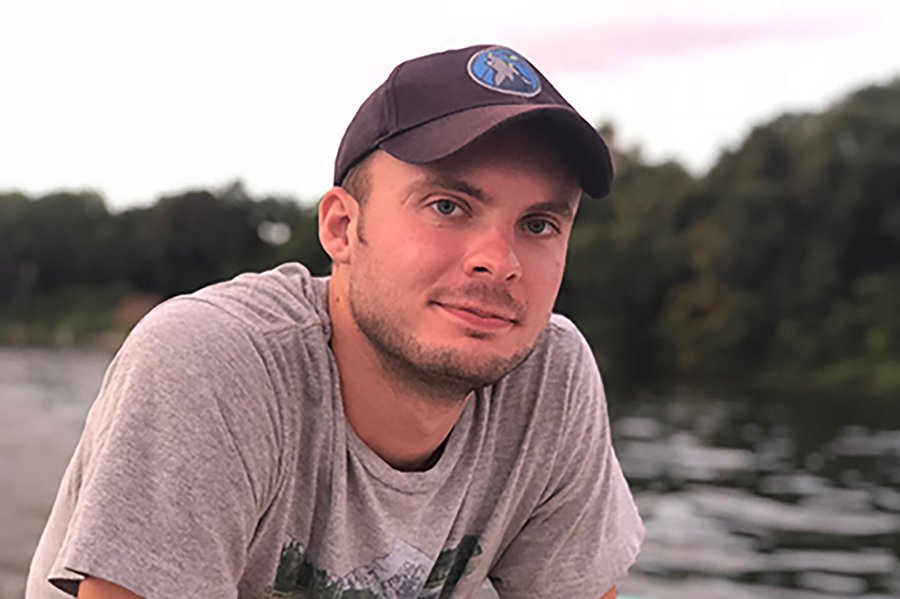Quinn Whiting develops NMR spectroscopy method to track fluorine

Quinn Whiting (MS Civil Engineering, 2020) was awarded one of only two 2021 Master’s Thesis Awards from the Association of Environmental Engineering and Science Professors (AEESP). The award recognizes theses that contribute to the advancement of environmental science and engineering. Whiting’s thesis, “Fluorinated Photoproduct Formation from Photolysis of Fluorinated Pharmaceuticals and Phenols,” contributes a new method of tracking fluorine during reactions of pollutants.
We are most familiar with fluorine through the addition of the ionic form, fluoride, to drinking water to prevent tooth decay. Fluorine has many other uses, and it forms a particularly strong bond with carbon. Thus, fluorine is widely used as a component of synthetic compounds, such as pharmaceuticals and pesticides, because of its ability to change the physiochemical properties of compounds (for example, solubility or metabolic stability).
Common fluorine motifs abound (including -CF3, -CF2, Ar-CF3, Ar-F, or Py-CF3). Photolysis of compounds containing fluorine as part of their structure can introduce new fluorinated compounds into the environment. Because some fluorinated compounds are potentially toxic, it is important to monitor formation of various fluorinated motifs when contaminants degrade in the environment.
Bill Arnold, Whiting’s thesis advisor, admired the way Whiting “wholeheartedly took on the challenge of developing a nuclear magnetic resonance (NMR) spectroscopy method to track fluorine during the degradation of a variety of contaminants. We plan is to use the method Whiting developed as a screening tool to identify which fluorinated micropollutants lead to reaction products in the environment and in water treatment systems that need further attention due to potential persistence or toxicity.”
Whiting was honored to receive this award, saying, “I am even more glad that the work I put toward creating a new method to track the fluorine atom(s) as the parent molecule degrades was recognized by the scientific community. Receiving an award was beyond expectations.”
Whiting’s accomplishment will be celebrated at the AEESP Annual Awards Ceremony (held virtually on July 14, 2021, with an in-person Research and Education Conference planned for June 2022).
Currently, Whiting is working as a post master’s fellow at the U.S. EPA in Cincinnati, Ohio. He is developing a new, high-throughput method using laser direct infrared spectroscopy (LDIR) that will help detect, identify, and quantify micro- and nano-plastics in urban watersheds.
Whiting’s work is part of a research project led by Bill Arnold (Whiting’s thesis adviser) and Will Pomerantz (Chemistry professor at UMN). The work was funded by the Minnesota Environmental and Natural Resources Trust fund (ENTRF) as recommended by the Legislative and Citizen Commission on Minnesota Resources (LCCMR).